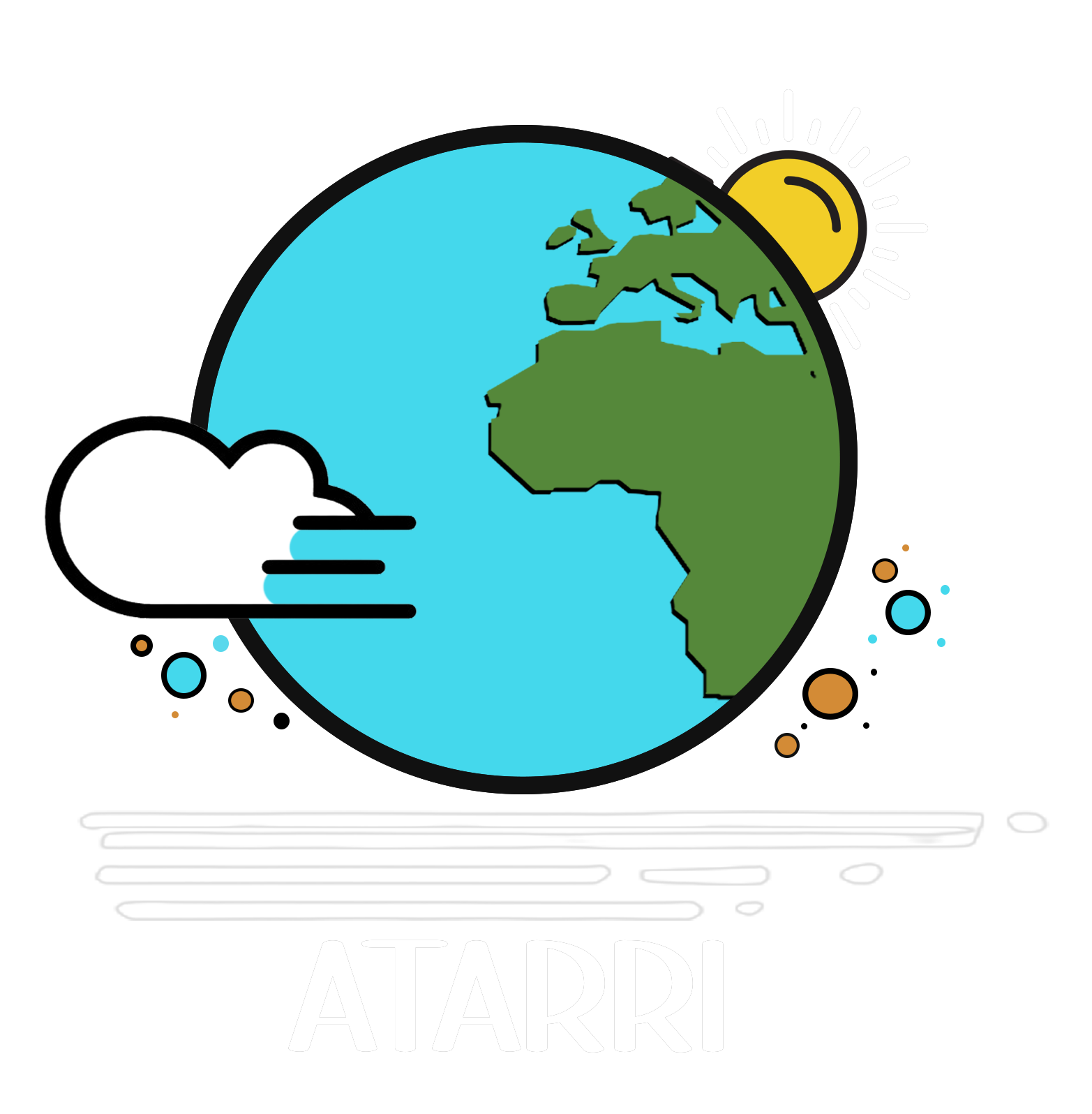Institutes
Institutes
Eratosthenes Center of Excellence
Website:

A new, autonomous, and self-sustained Centre of Excellence, namely ERATOSTHENES Centre of Excellence of the Cyprus University of Technology (CUT) has been established through the ‘EXCELSIOR’, H2020 Widespread Teaming Phase 2 project. The newly established centre has been created as a result of upgrading the existing Remote Sensing and Geo-Environment Lab, which has been operating within the Department of Civil Engineering and Geomatics of the Cyprus University of Technology since 2007.
The vision of the ERATOSTHENES Centre of Excellence is to become a world-class Digital Innovation Hub for Earth Observation, space technology and Geospatial Information and to be the reference Centre in the Eastern Mediterranean, Middle East, and North Africa.
The Digital Innovation Hub will create an ecosystem which combines state-of-the-art remote sensing, data management and processing technologies, cutting – edge research opportunities, targeted education services and promotion of entrepreneurship. In order to be dynamic and innovative, the Digital Innovation Hub will be based on two major infrastructures, which are a Satellite Ground Receiving Station and a Ground-based atmospheric remote sensing station. ERATOSTHENES Centre of excellence is paving the way for Cyprus to enter the space arena.
BARCELONA SUPERCOMPUTING CENTER – BSC
Website:

BSC is one of the leading supercomputing centres in Europe and hosts one of the most powerful supercomputers in the world, MareNostrum 5. It specialises in High Performance Computing (HPC) and has a dual mission: to provide supercomputing infrastructure and services to the Spanish and European scientific communities, and to generate knowledge and technology for transfer to society.
BSC’s research focuses on five fields: Computer Sciences, Life Sciences, Earth Sciences, Computer Applications in Science and Engineering and Computational Social Sciences and Humanities. Our research lines are developed within the framework of European Union research funding programmes, Spanish and Catalan public research calls and collaborations with leading companies.
The BSC consortium is made up of the Ministry of Science, Innovation and Universities of the Government of Spain (60%), the Department of Research and Universities of the Government of Catalonia (30%) and the Polytechnic University of Catalonia (10%). The centre manages the Spanish Supercomputing Network (RES) and is one of the hosting entities of the EuroHPC JU, the European initiative leading large-scale investment and deployment of HPC in Europe.”
FC.ID – CIENCIAS ULISBOA
Website:


Faculdade de Ciências (CIENCIAS ULISBOA) is part of the University of Lisbon, the largest and most prestigious Portuguese University, covering a wide range of the key scientific areas of exact and natural sciences and techno-sciences and providing its students with high-quality infrastructures and research environment. It ranks 5th among Latin-American universities, 28th in the SCIMAGO rankings and is among the 150 best Universities in the world according to the latest available QS World University Rankings.
CIENCIAS ULISBOA hosts more than 5000 students, 300 academics and 900 researchers, which are supported by more than 130 teaching laboratories and 180 research laboratories in its 10 departments and 17 research and development units. In 2022, over 1200 scientific papers were published in indexed scientific journals (most of them Q1). CIENCIAS ULISBOA has over 500 national and international research and development projects underway, including 6 ERC grants, 5 Marie Curie and over 50 European Collaborative Grants with an annual competitive funding of around 15 million euros (2023), which together with more than 600 collaboration protocols with Portuguese and foreign institutions, public and private, allows CIENCIAS ULISBOA to train highly qualified professionals.
On top of this, CIENCIAS ULISBOA fulfils its duty regarding knowledge and technology transfer to society through its incubator (Tec Labs), which has hosted 35 Start-Up companies (many of which faculty spin offs). CIENCIAS UL is followed by several thousand people through its social networks. CIENCIAS UL interacts with public and private companies, regulatory and government entities and participates in living labs on several societal challenges. Over 70% of CIENCIAS ULISBOA graduates take less than one year after graduation to find a job in the global market.
GRASP SAS
Website:

Established as a spin-off from the CNRS and Université de Lille, GRASP SAS was founded in 2015 with the mission of democratizing access to high-quality environmental data through advanced remote sensing technologies.
GRASP SAS activities cover a wide range of remote sensing topics:
- Developments of algorithms for advanced atmosphere and surface characterization from passive and active ground based and space-borne remote sensing;
- Scientific consulting in environmental studies;
- Distribution and support of GRASP open source code.
GRASP SAS has engaged in partnerships with international environmental public organizations, private enterprises, universities, and major space agencies such as ESA, EUMETSAT, NASA, JAXA, and CNES. The primary objective of these collaborations is to enhance our understanding of atmospheric and surface characteristics, which play a crucial role in shaping Earth’s climate and human activities.
GRASP SAS is composed by a unique team with full understanding of all aspects of the code: physical and mathematical basis, software optimization etc. GRASP team has led several projects to retrieve atmosphere and surface parameters from different satellite sensors, their synergies as well as on the synergy of the passive and active instruments both ground-based and spaceborne passive and active observations. The evolution of the GRASP algorithm naturally incorporates synergetic retrieval developments of various combinations of CARO observations.


ARMINES is a private non-profit research and technological organisation founded in 1967, having common research centres with Mines Paris and 5 other partner engineering schools, gathering public and private personnel and means, to collaborate on an arms lengths basis and manage and perform research contractual activities and academic research training, as well as the related intellectual property rights. With a total turnover of more than €30 millions (2022), ARMINES is amongst the top of private contract research institutions affiliated to higher education entities. Through Armines, the centre of research OIE has built an extensive track record regarding EU projects (ENDORSE, ConnectingGEO, NextGEOSS, e-shape), having recently concluded the coordination of the e-shape H2020 project (over N partners, more than 15M€ in budget). This is the result of a long-term coordinated strategy centered around the topic of Earth Observation for solar resource and solar energy applications and with the intent to establish demonstrators and use cases that further valorize scientific research and promote and facilitate the knowledge transfer to the industry. One important milestone in this path was the FP7 project SoDa, aiming at developing a one-stop shop dedicated to solar radiation, which evolved into an actual data service entrusted to a SME, Transvalor, in 2009.
Ecole Nationale Supérieure des Mines de Paris (ENSMP) founded in 1783, is one of the oldest French higher education institutions in engineering. The School is a leader in many areas, among which five major fields: 1/ Earth sciences and the environment, 2/ Energy and process engineering, 3/ Mechanical engineering and materials, 4/ Mathematics and systems and, 5/ Economics, management and society. With 18 common research centres shared with ARMINES and extending over five different fields, MINES Paris PSL is the leading school in France for its volume of contractual research. ENSMP, MINES Paris PSL is also a member of Paris Sciences et Lettres Research University (PSL – www.univ-psl.fr).
PMOD/WRC
Website:

Radiation measurements are a fundamental part of meteorological observation and climate monitoring. Research has been conducted on solar irradiance at the Physical Meteorological Observatory in Davos (PMOD) since 1907. In 1971, the World Meteorological Organization (WMO) gave the PMOD the additional mandate of serving as the World Radiation Center (WRC). The WRC plays a crucial role in maintaining quality standards in global climate monitoring programmes. The WRC fields of activity are divided into four Sections, in which the measurement of solar radiation is the central focus of each one. While the PMOD/WRC develops new techniques and instruments to measure solar radiation, measured data is analysed and used for instance to investigate Climate Change.
The World Optical Depth Research & Calibration Center (WORCC) develops accurate radiometric references for spectral solar radiometry which are used to determine optical depth. The World Meteorological Organization (WMO) instigated the Global Atmosphere Watch (GAW) program in 1989 as a successor to the Background Air Pollution Monitoring Network (BAPMoN). In 1993 it was recommended that AOD measurements, conducted previously under BAPMoN, should be discontinued until new instruments, methods and protocols could be established to collect AOD data of known and assured quality. Based on a recommendation by GAW experts, the World Optical Depth Research & Calibration Center (WORCC) was established in 1996 at the PMOD/WRC in Switzerland. WORCC has since been advised by the GAW Scientific Advisory Group for Aerosols.
PMODWRC has organized and participated in numerous experimental campaigns with solar measurement instrumentation. It is the PI of the GAW-PFR network of global aerosol optical depth retrievals and coordinates networking actions as COST Action HARMONIA (sun photometer homogenization), leads projects on solar radiation and aerosol Metrology and is part of the European ACTRIS-RI (Aerosol and Cloud research infrastructure) as a unit for the aerosol sun photometry calibration reference group. PMODWRC is participating in the Cloud-aERosol inTeractions & their impActs IN The earth sYstem (CERTAINTY) project dealing with aerosol-cloud-radiation interactions and also leads the Swiss project Race-ECV aiming to contribute towards EarthCARE validation. PMODWRC in collaboration with Beyond/NOA has participated in a number of EU funded projects on solar radiation/energy forecasting (GeoCradle, Eiffel, Eurogeo EShape, Destination Renewable Energy).
